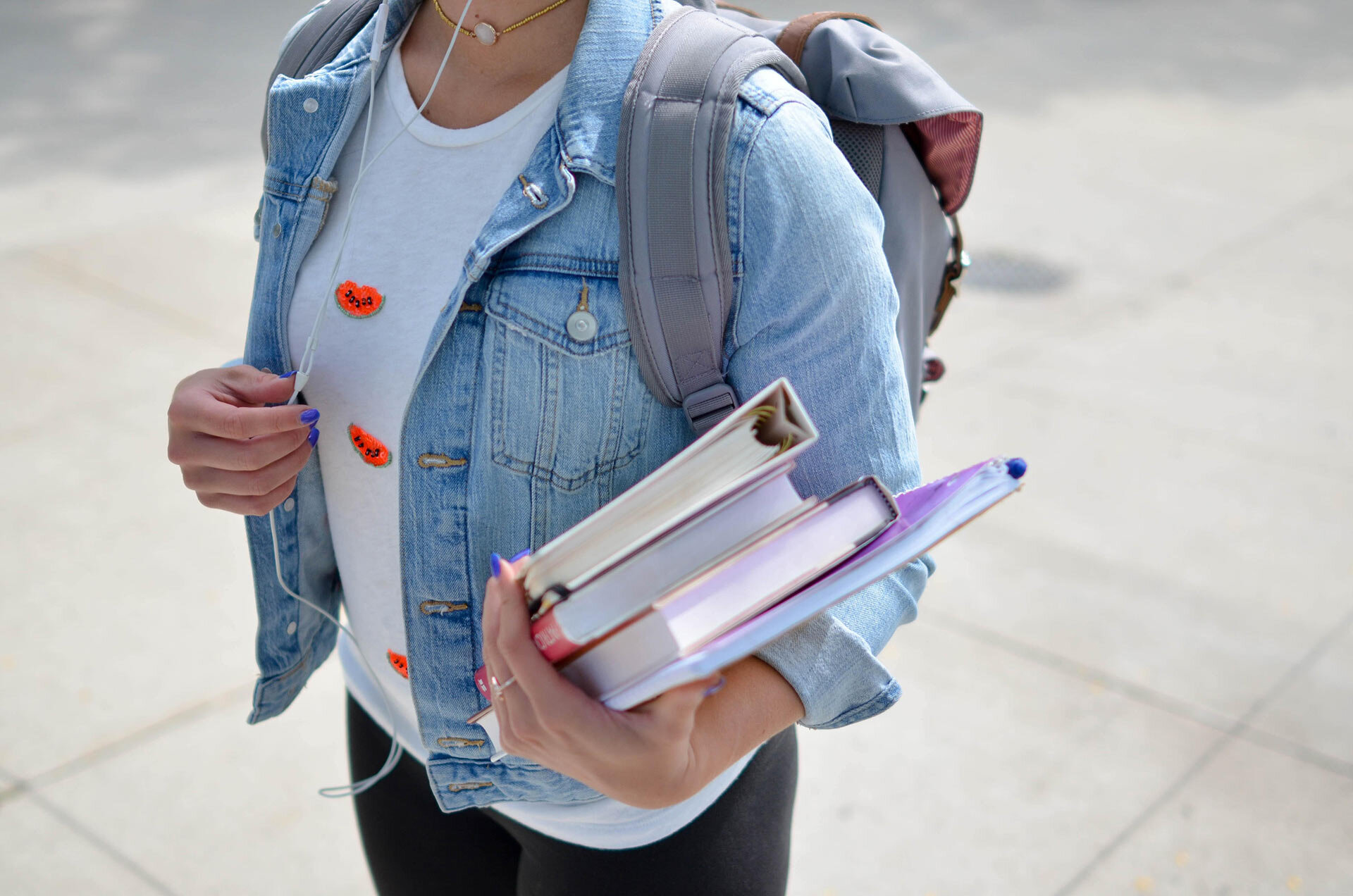In 2020, schools and workplaces closed their doors and many of us began operating virtually. All of a sudden, the pandemic had changed how we interacted with our world and many of those changes seem to be here to stay. The ‘next normal’ brings some positives with it: as mask wearing is no longer a rarity, there is the benefit of avoiding seasonal colds and other minor illnesses. For office-based commuters, it’s the gift of time. If you’ve ever spent time stuck in traffic or on public transport getting to and from work, suddenly having extra hours to yourself can mean time spent with family, or on hobbies or self care.
With the summer ending, children are now returning to school, some for the first time since March 2020. The return to classrooms and offices can be a source of anxiety for both children and adults, whether it’s health-based, separation or social anxiety.
Health-based anxiety
Adults have more control over their environments than children, and are better equipped to make changes or seek help if anxiety is affecting their ability to work or live a full life. For children, it can be more difficult, and those going back to school are facing new challenges. Mental health professionals are seeing a rise in children’s hygiene and safety precautions moving from ‘careful to compulsive’, coinciding with a 25% jump in calls to the Obsessive Compulsive Disorder (OCD) program at the Baylor College of Medicine in Houston, TX.
Around 500,000 children and teens in the United States have a diagnosis of OCD, requiring treatment including specialized psychotherapy called Cognitive Behavioral Therapy (CBT), which helps children learn the links among thoughts, feelings, and behaviors, and develop tools to address unhelpful patterns. The good news is that this type of therapy is effective in reducing symptoms in more than 75% of cases.
Separation anxiety
Over the past 18 months, children have spent significantly more time with their families, meaning many will face separation anxiety when it’s time to go back to school. Children with separation anxiety experience extreme distress when separated from their parents, and this type of anxiety affects around 5% of children and adolescents in America. Symptoms can range from nightmares and refusing to go to school or be separated from caregivers, to physical symptoms including frequent headaches and stomach aches.
As with OCD, CBT is the first line treatment for separation anxiety and empowers children to play a more active role in their treatment, giving them the tools to manage their anxiety into the future.
Social anxiety
Pandemic-related school closures, social isolation and the resulting loneliness have negatively affected many children across the country. However, for children with social anxiety or social phobia, the pandemic brought an element of relief. Children reported reduced distress, owing to a lack of exposure to anxiety-provoking situations in the school environment and as schools reopen, some children may resist going back. Since exposure is an important component of addressing anxiety, mental health professionals are highlighting the need for continued treatment for social anxiety, even when children report feeling better.
Advice for parents
Psychologists’ advice for parents is to validate their child’s emotions, keep lines of communication open and seek professional help when a child’s emotions or distress are affecting family life, friendships or school work. Even if you are not feeling calm as a parent, it’s important not to lead with your own anxiety. Instead, set a positive tone, discuss safety measures you will take as a family and implement manageable schedules and routine.
Family Relations Intervention is experienced in working with families managing anxiety diagnoses. Talk to us today about how we can help you and your child live full and happy lives.

